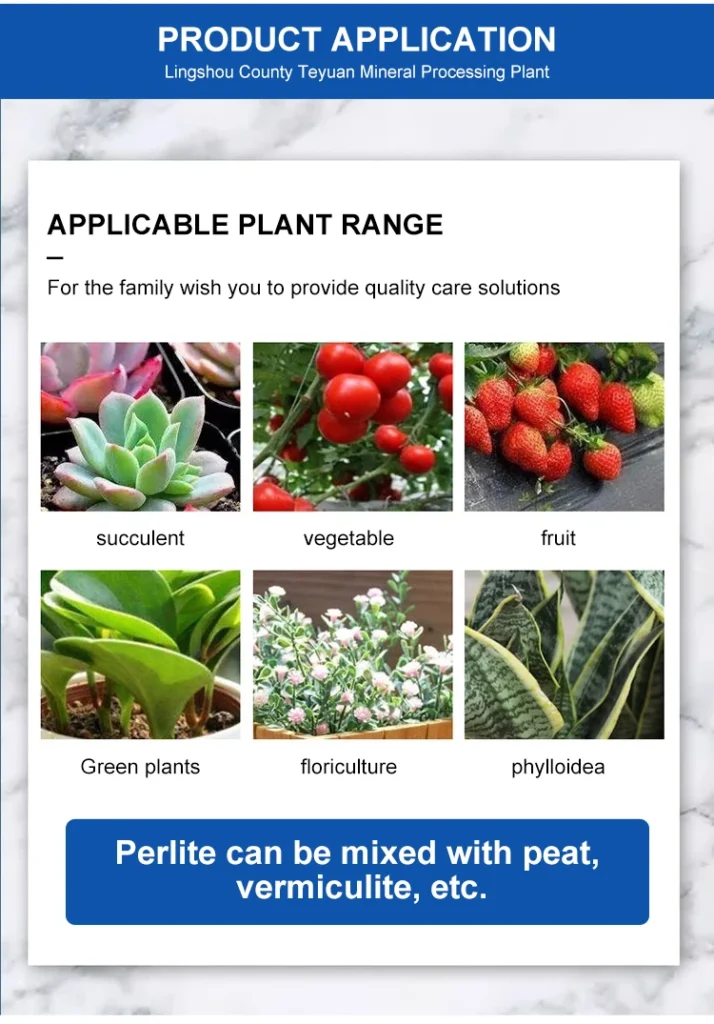When it comes to enhancing our garden’s soil, two popular choices stand out: perlite and vermiculite. Understanding their unique characteristics, especially with perlite’s density around 1.2%, can transform our gardening success.
Perlite: The Lightweight Champion
Perlite, derived from volcanic glass, has a density near 1.2% that makes it remarkably lightweight. Its porous structure forms when heated, creating countless air pockets. In potting mixes, it excels at aerating the soil. For indoor plants like aloe vera, it prevents soil compaction, allowing roots to breathe freely. This airy quality also aids in drainage, crucial for plants that dislike soggy roots.
Vermiculite: The Moisture Guardian
Vermiculite, on the other hand, has a flaky, mica-like appearance. It’s renowned for its outstanding moisture retention capabilities. When added to soil, it acts like a sponge, soaking up and slowly releasing water. This makes it ideal for moisture-loving plants such as ferns. In a garden bed, it ensures a consistent level of moisture, reducing the frequency of watering.
Drainage Comparison
Perlite’s drainage prowess is unrivaled. Its low density and porous nature mean excess water quickly drains away. In a container garden with succulents, perlite keeps the soil dry enough to prevent root rot. Vermiculite, while it retains water, can sometimes lead to waterlogged conditions if overused. However, in sandy soils, it helps hold onto moisture that would otherwise drain too rapidly.

Aeration and Root Growth
For healthy root development, aeration is key. Perlite’s airy structure provides ample oxygen to roots. In seed starting, it gives tender roots room to grow and expand. Vermiculite, though not as porous as perlite, still allows some air circulation. But for plants that demand highly oxygenated soil, like orchids, perlite is often preferred.
Nutrient Retention and Release
Vermiculite has an edge when it comes to nutrient retention. It can hold onto essential minerals and release them gradually as plants need. In a vegetable garden, this means a steady supply of nutrients for growing tomatoes or lettuce. Perlite, being relatively inert, doesn’t contribute much to nutrient retention but provides a stable physical environment for roots.
Appearance and Handling
Perlite is white and granular, easy to distinguish. It’s lightweight and simple to mix into soil. Vermiculite is usually brownish-gold and flaky. When handling, it’s a bit heavier due to its water-holding capacity. But both can be incorporated into potting mixes with ease, depending on plant requirements.
Best Uses in Different Gardening Scenarios
For raised beds with heavy clay soil, perlite helps break up the compactness and improve drainage. Vermiculite is better for adding moisture to sandy, nutrient-poor soils. In container gardening, a blend of both can balance drainage and moisture needs. For starting delicate seeds, perlite’s sterility and aeration are beneficial, while vermiculite can provide initial moisture.
Environmental Considerations
Both have an environmental footprint. Perlite mining has relatively low impacts as it’s a natural volcanic product. Vermiculite mining has faced asbestos concerns in the past, but modern processes ensure safety. When disposing, perlite can be reused in compost, while vermiculite may break down over time.
Cost and Availability
Generally, perlite is more affordable and widely available. Its production process is less complex. Vermiculite can be pricier, especially high-quality, asbestos-free grades. Budget-conscious gardeners may lean towards perlite, but for specific plant needs, the investment in vermiculite might be worthwhile.

